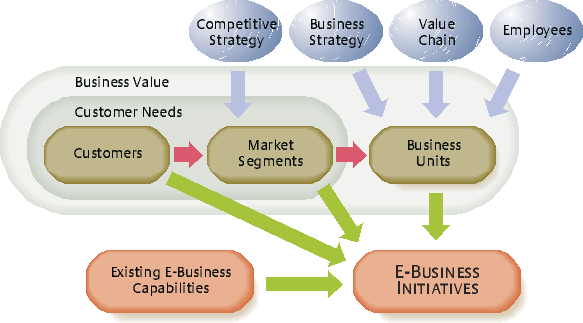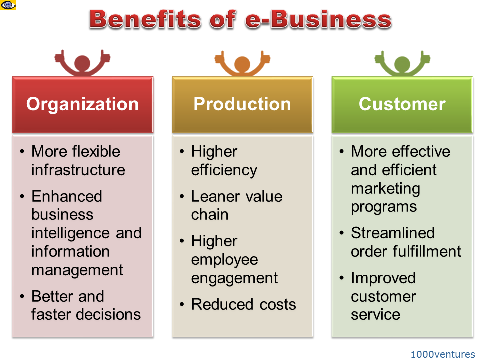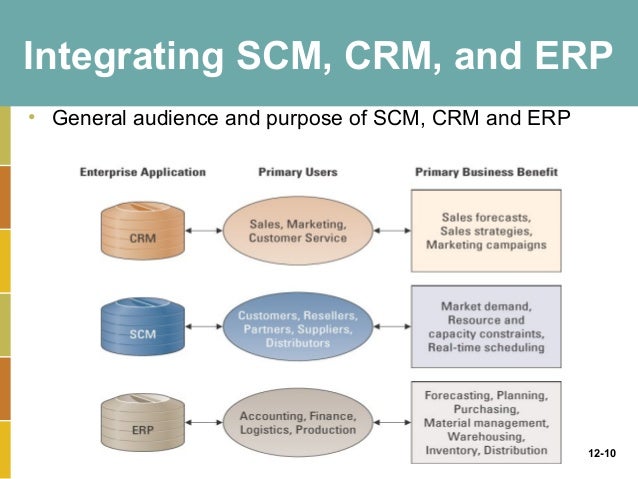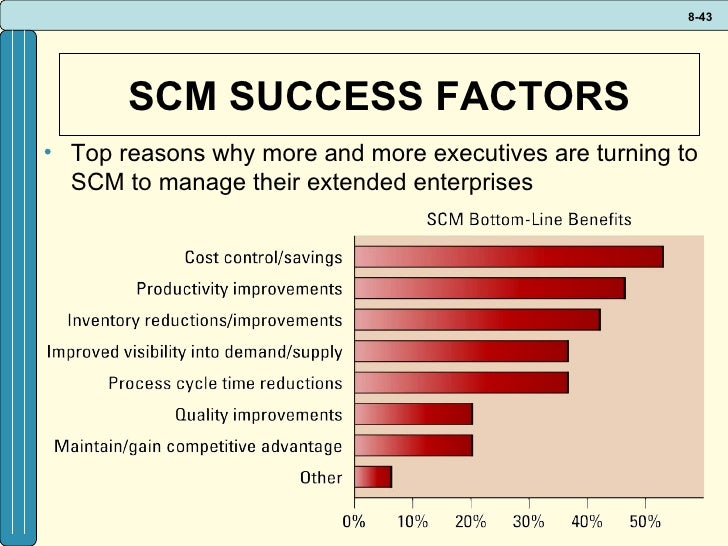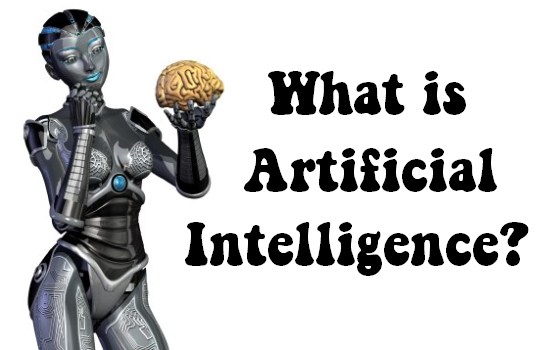CHAPTER 15 : CREATING COLLABORATIVE PARTNERSHIP
Teams , Partnership And Alliances
Collaboration system - supports the work of teams by facillitating teh sharing and flow of information.
Collaboration System
An IT-based set of tools that supports the work of teams by facillitating the sharing and flow of information.
2 categories of collaboration :
* Unstructured collaboration - includes documents exchange , shared whiteboards , discussion forums.
* Structured collaboration - involves shared participation in business processess such as workflow.
Knowledge Management System ( KM )
Involves capturing , classfying , evaluating , retrieving and sharing info assets in a way that provides context for effective decisions and actions.
Explicit and Tacit Knowledge

Content Management System ( CMS )
Provides tools to manage the creation , storage , editing and publication of info in a collabrative environment.

Working Wikis
Wikis - web-based tools that make it easy for users to add , remove and change online content.
Business wikis - collaborative web pages that allow users to edit documents and monitor the status of a project.
Workflow Management Systems
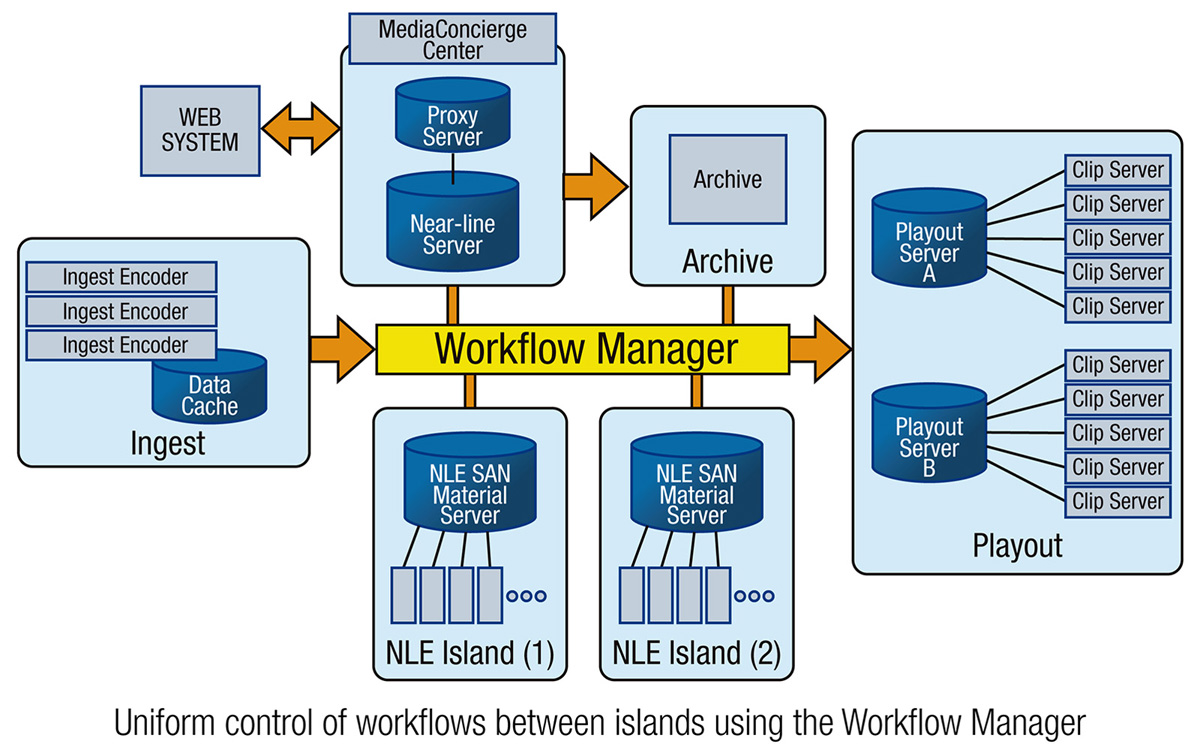
Groupware System
Software that supports team interactior and dynamics including calendaring and etc.

Videoconference
A set of interactive telecommunication that allow two or more locations to interact via two way video and audio transmissions simultaneously.

Web Conferences
Blends audio , video and document-sharing technologies to create virtual meeting rooms where people gather at a password web site.
Instant Messaging
Type of communications service that enables someone to create a kind of private chat room.


